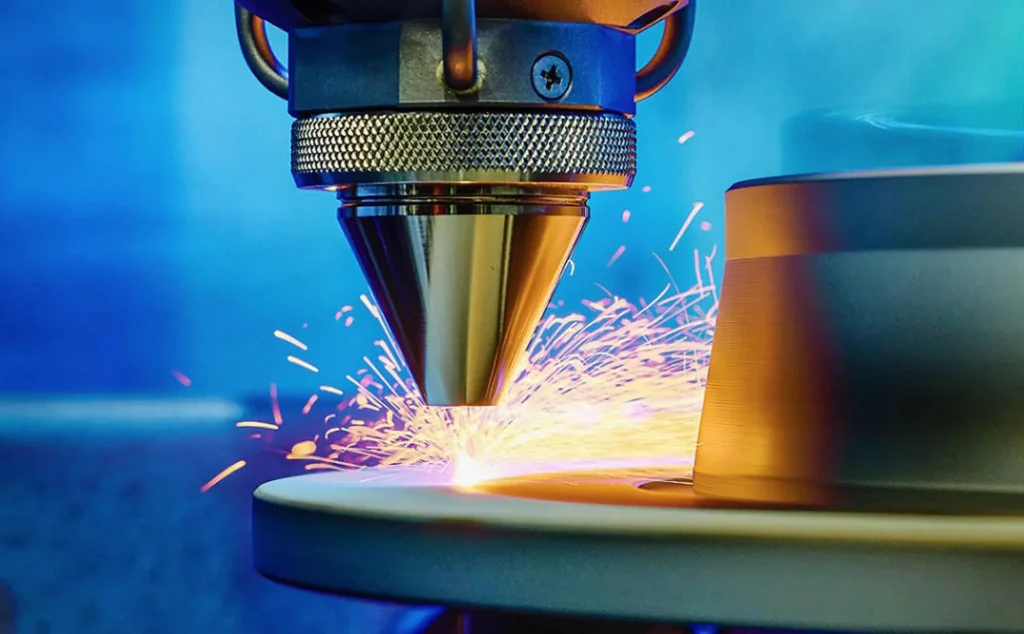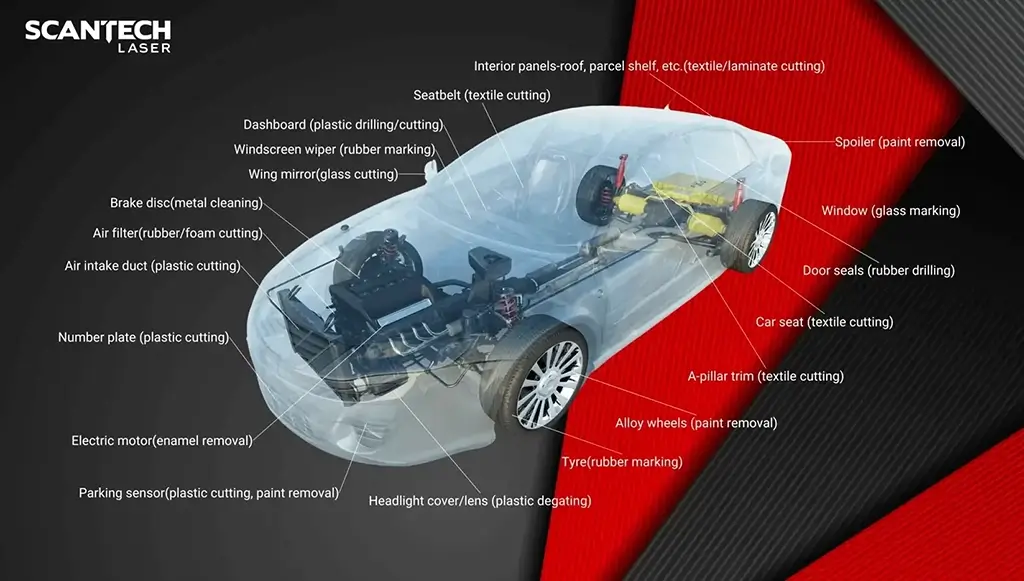The mentioned two categories are created due to the difference in the power density of the focused laser spot. If the power density is less than 105W/cm2, then the conduction welding occurs. Due to low power density, the laser radiation is only absorbed on the surface of the material and fail to penetrate deep into it. Such form of welding machines is sent to those industries where high width to depth ratio is required.
Though conduction limited welding is useful, a large proportion of industries have a greater requirement for keyhole welding. Due to this, a large portion of laser welding machines is of keyhole welding type. The keyhole welding occurs when the power density exceeds the mark of 106-107 W/cm2. Such high power density is created because the laser beam is focused on a very small spot. Such focused beam vaporizes the contact surface and completely penetrate the workpiece, creating a keyhole like a cavity. The creation of this cavity creates a significant amount of heat which creates a condition where surrounding walls can collapse, thus filling back the cavity. To counter this, laser welding machine manufacturers immediately fill the cavity with vapour or plasma.
Laser welding system in India is gaining a huge popularity due to various advantages it offers as compared to other systems. For example, unlike electron beam welding, the laser welding does not need to be carried out in a vacuum. This makes the laser welding system much more cost effective.



What do you think?
I had no idea that laser cutting has two categories. That’s really good information to know because I’m interested in using laser cutting. I’ll have to talk to a professional and see which of the two categories I will need.